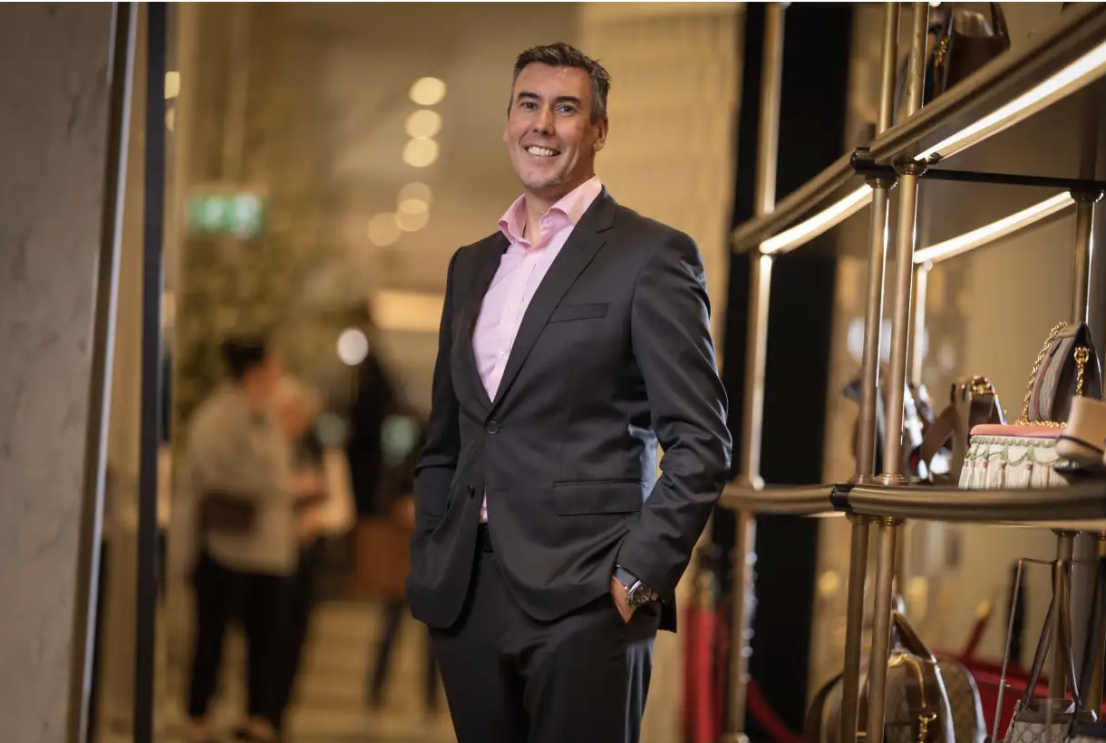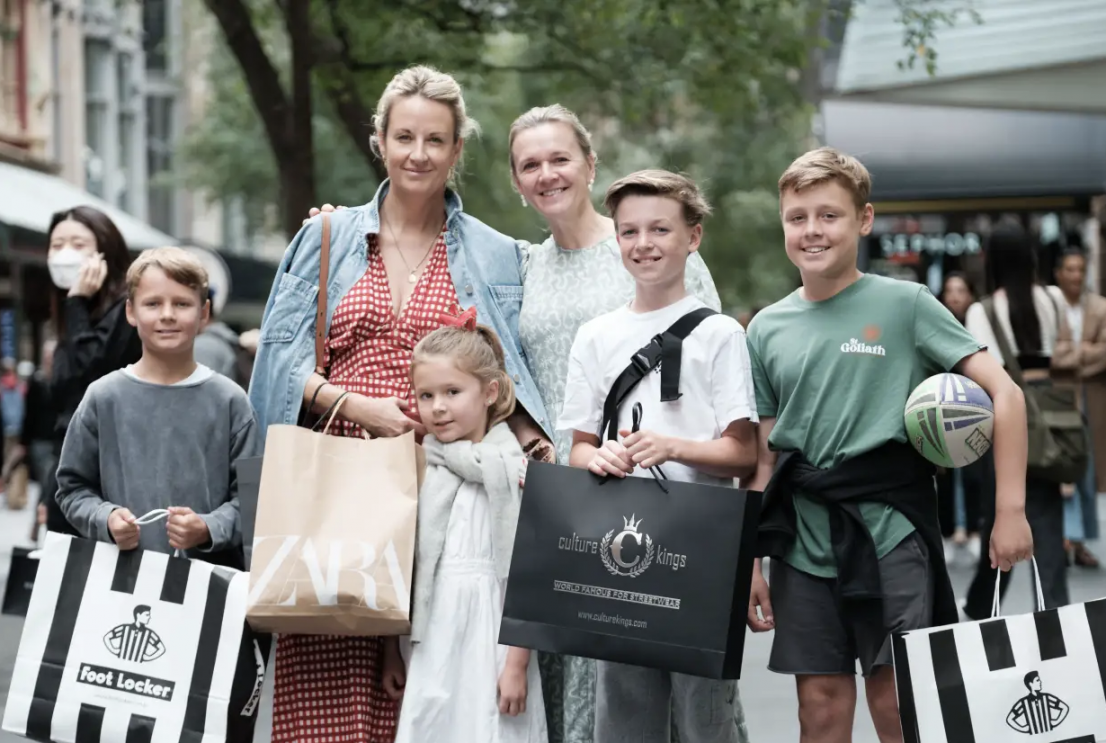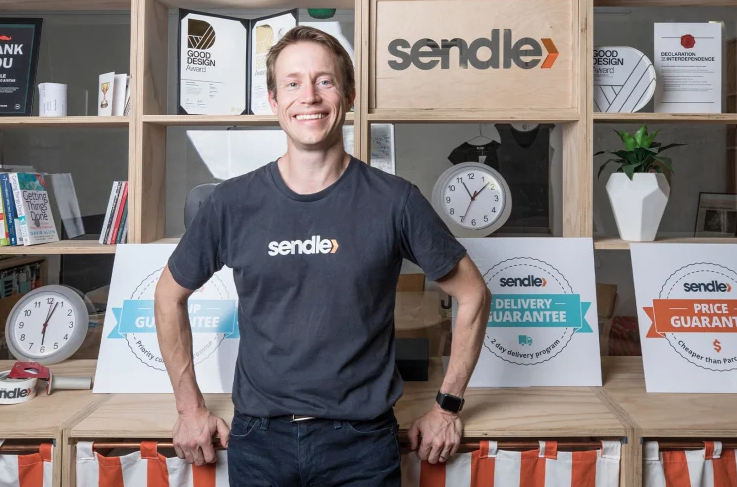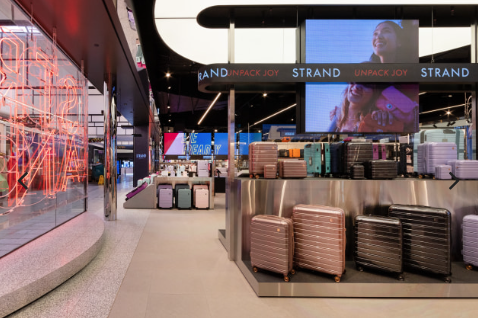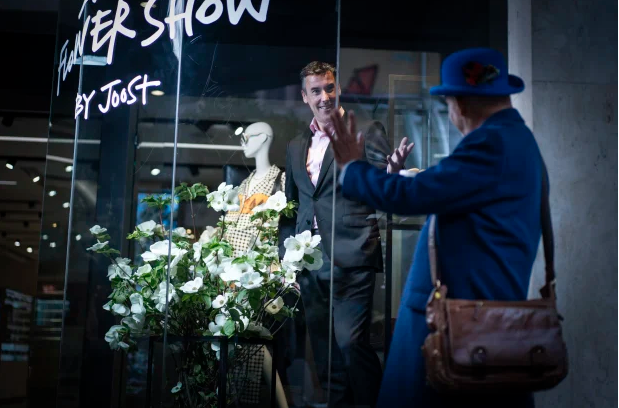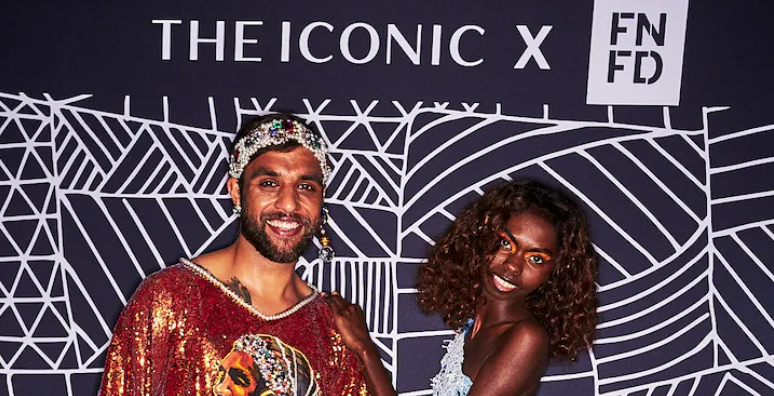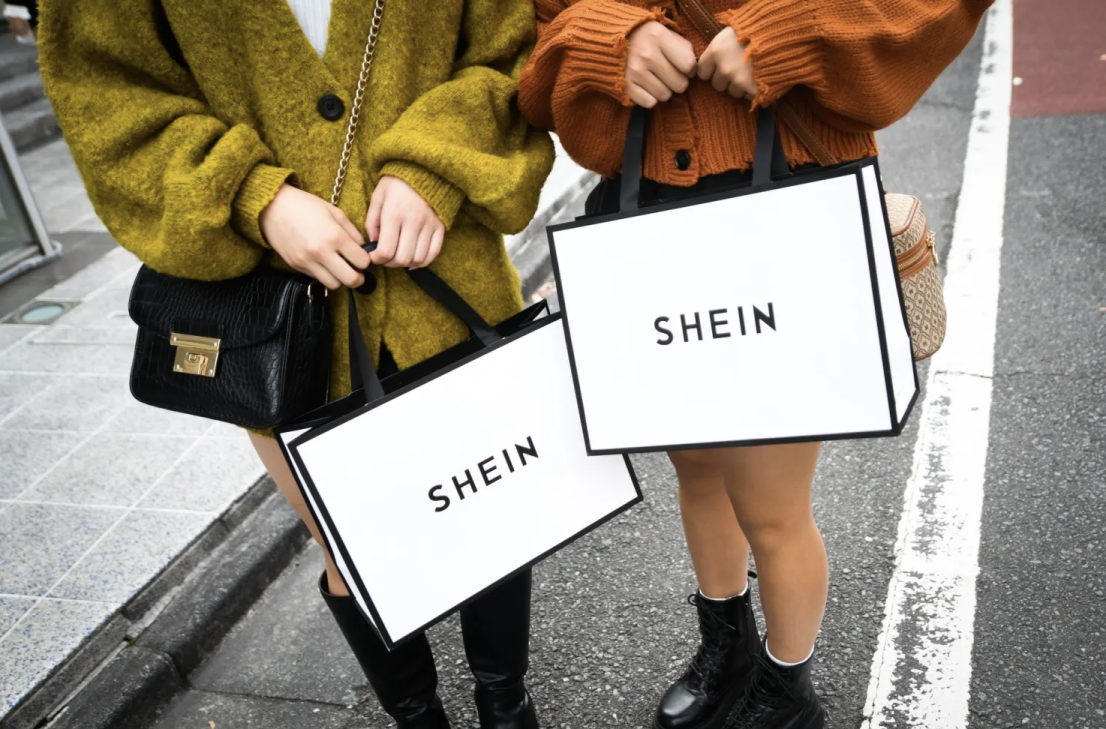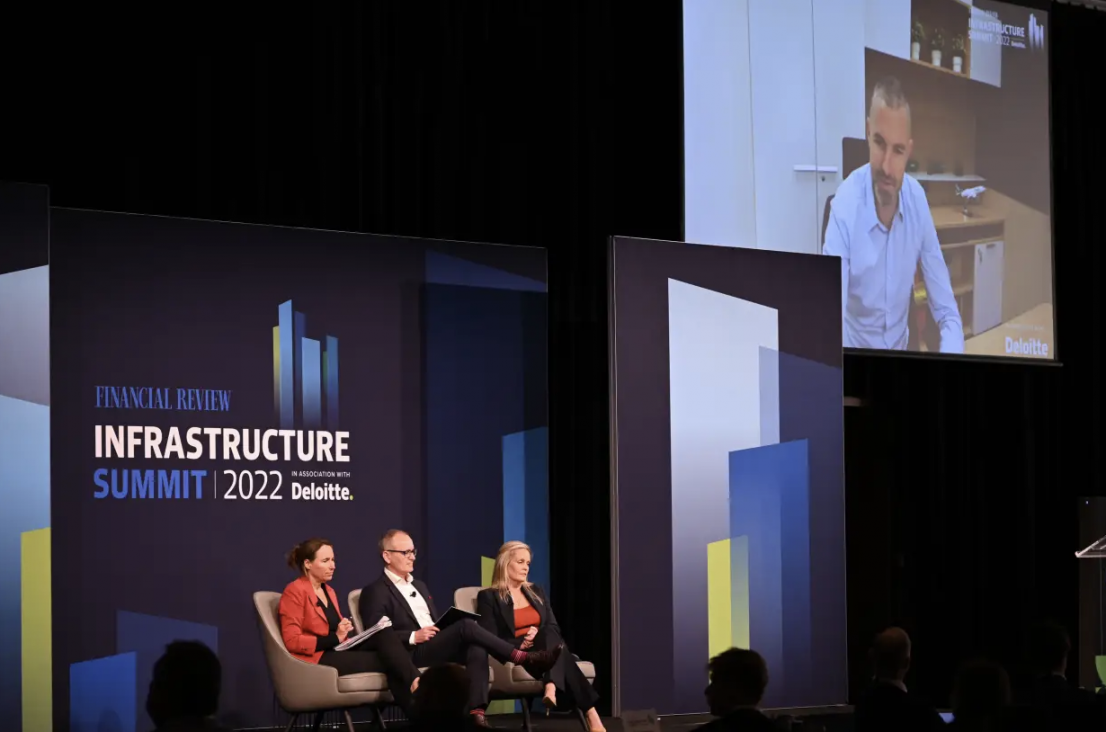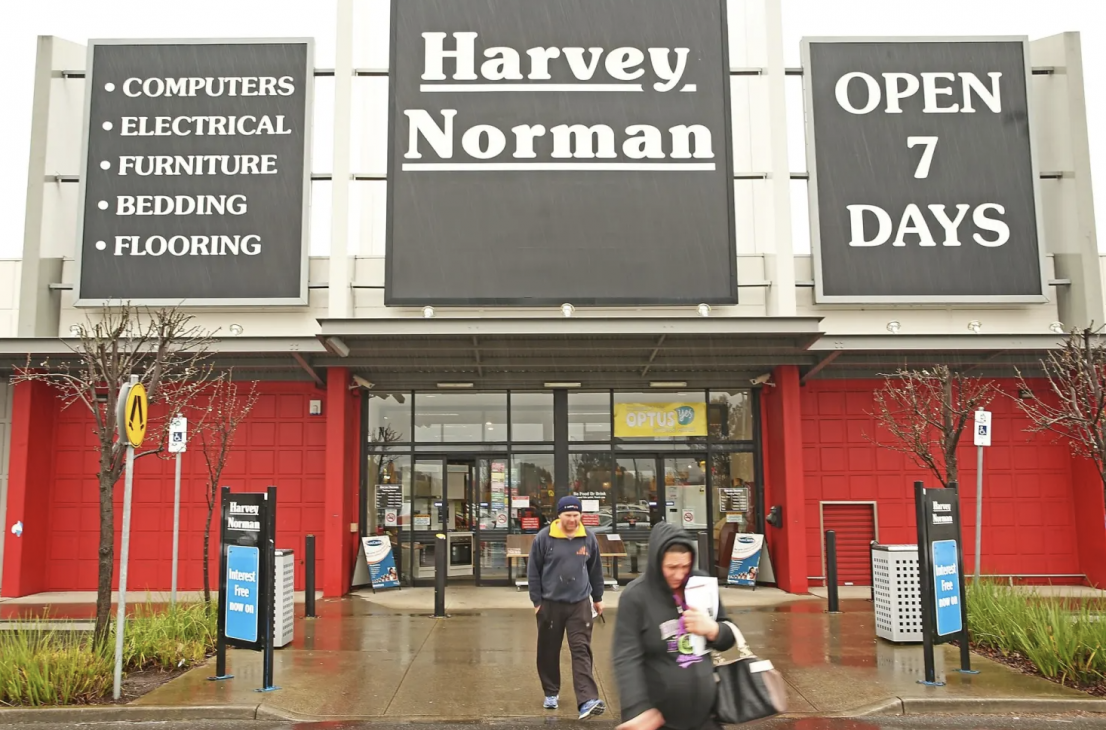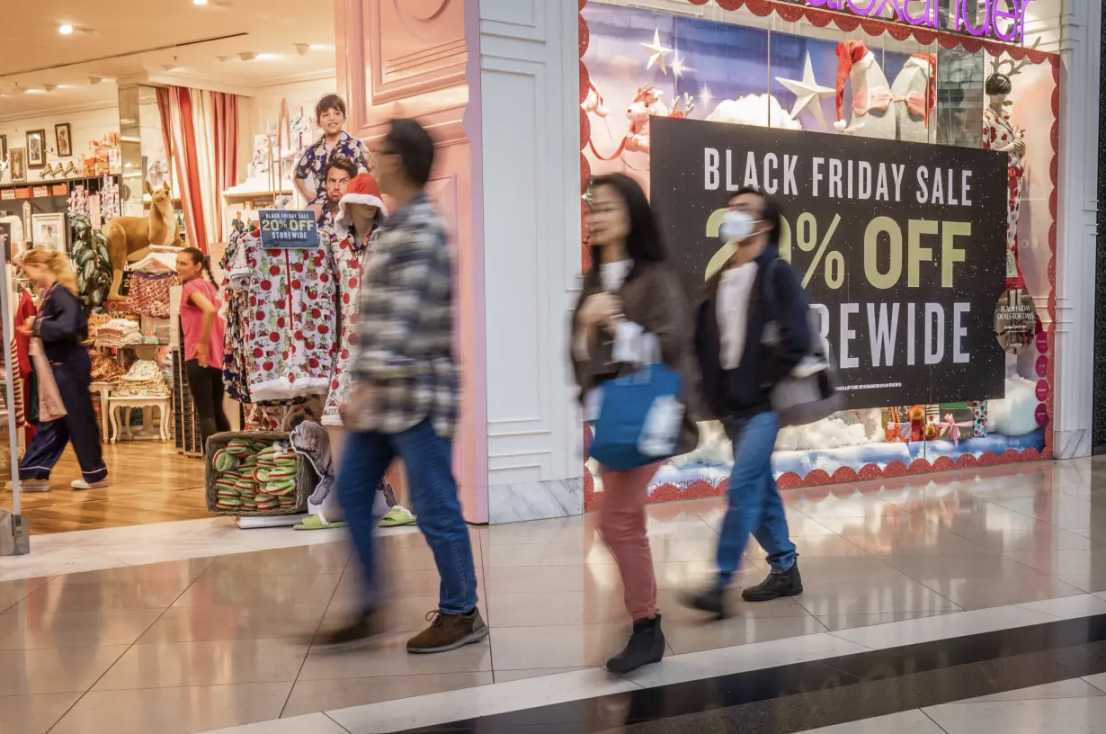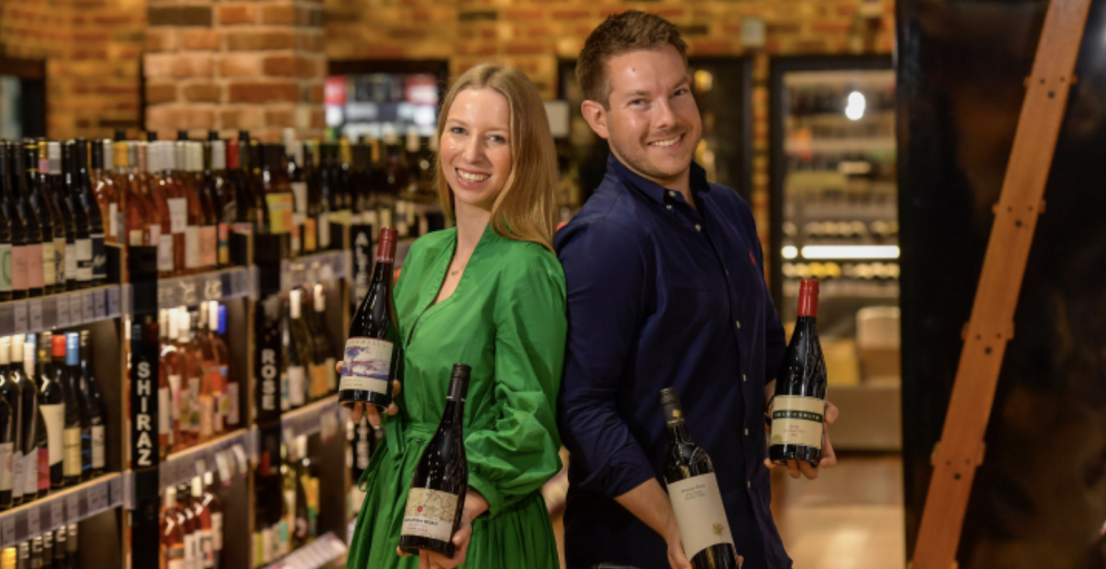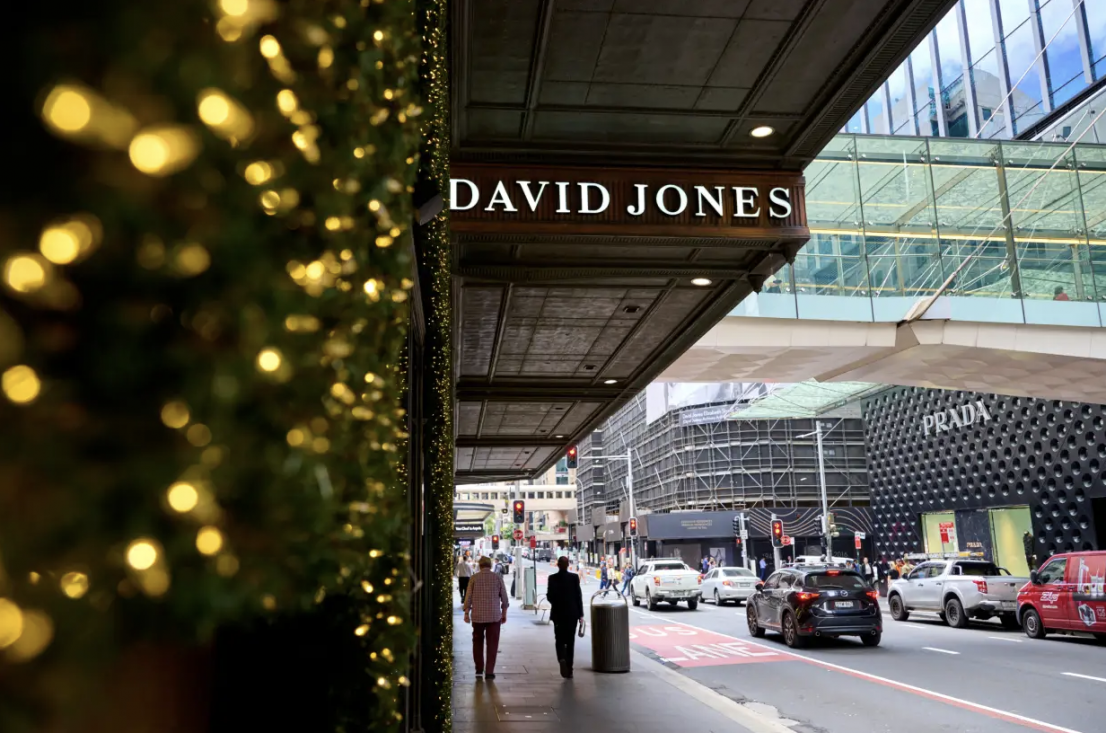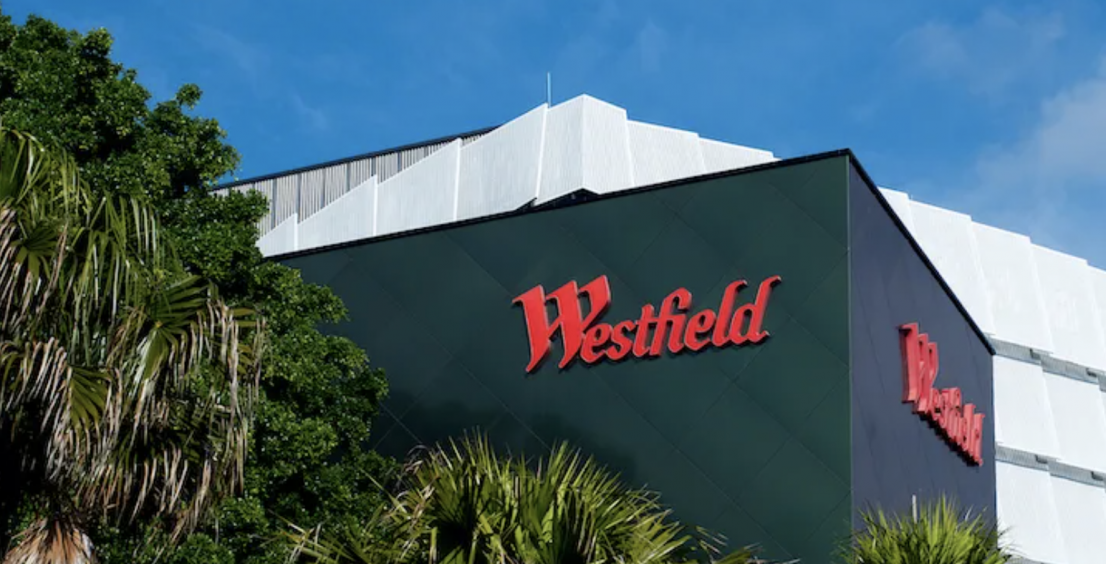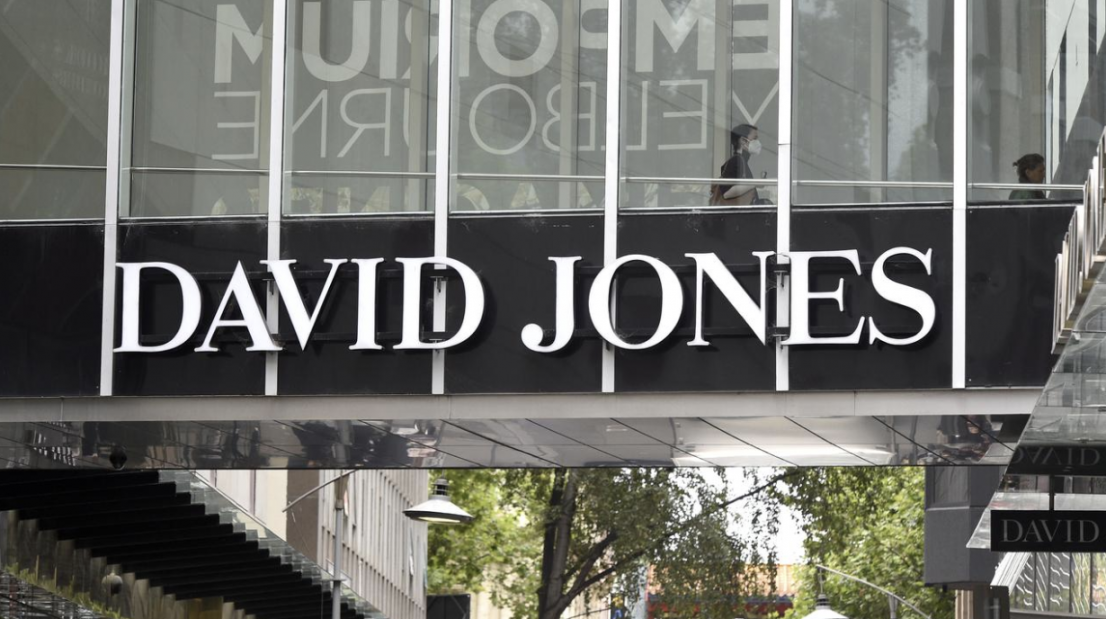
David Jones, the country’s highest profile department store, is in the hands of private equity investors after its South African owner Woolworths Holdings sold the company to Anchorage Capital.
The firm has agreed to buy the David Jones operating business – without its flagship Melbourne property – and says it will accelerate its growth aspirations despite the retail sector facing significant economic headwinds in 2023.
David Jones chief executive Scott Fyfe, who will stay on to run the business, said there would be more investment in its stores and customer experience but refused on Monday to confirm if Anchorage’s playbook would include job losses among its more than 7500 staff once it officially grabs hold of David Jones in March.
Woolworths boss Roy Bagattini at a press conference on Monday declined to disclose the sale price for the David Jones business, saying it was “complex” and that final sale price would “become clearer” in March.
He also declined to explain if the final price Anchorage would pay for David Jones would depend on how the department store performs over Christmas, but described the sale price as “a little bit of a moving target”.
However, sources close to the transaction said David Jones had been sold for around $100m, crystallising substantial losses for Woolworths, which spent eight years trying to turn around the department store.
Woolworths will retain ownership of the flagship Melbourne CBD store, which could be worth as much as $250m. It is believed Woolworths will also attempt to extract as much as $200m in dividends from David Jones before it is handed over to Anchorage.
Woolworths acquired the then ASX-listed David Jones for $2.1bn in 2014, at the same time buying out businessman Solomon Lew’s stake in Country Road for $209m.Woolworths will keeping that business, which also includes the Mimco and Witchery brands.
The Australian first revealed that the South African company had brought in investment banks in the hope of offloading the department store in early April, a move denied by Woolworths.
In buying David Jones, Anchorage gets control of Australia’s premium omnichannel department store owner, with 43 stores and two distribution centres across Australia and New Zealand, as well as a rapidly growing e-commerce business.
Mr Fyfe told The Australian that the company was “back under Australian ownership and we are going to unleash the full potential of this amazing brand”.
“Anchorage has got a very clear strategy for the business, it is a growth strategy which is really important, they’ve obviously come on board with their financial capital investment in the business which is fantastic,” Mr Fyfe said, although he declined to rule out job losses.
“We need to set this business up as a stand-alone business now, so I think it will provide great opportunities for our people.
“I’m not in a position to say whether there will be or will not be (job losses) at this point in time and clearly that is a discussion I need to have with Anchorage.”
Anchorage declined to comment. The private equity firm has extensive experience in retail and consumer investments over 25 years. This includes Anchorage buying Dick Smith Electronics from supermarket group Woolworths for under $115m in late 2012 and then only one year later flipping it on the ASX for a value of $520m. Dick Smith later collapsed, leaving creditors owned hundreds of millions of dollars.
Mr Fyfe said there were a number of strategies Anchorage and his management team could pursue to resuscitate earnings.
“The first place is the capital investments. The last few years has been very challenging for us in terms of the recovery from Covid and we have been capital constrained as we have worked through these periods,” he said.
“So an injection of new capital is fantastic for us.
“And we will use that to prioritise on consumer facing areas, whether that is a customer, or omni-channel business perspective, or an online perspective.
“And we will really scale this business up for success and we can now move at pace. Clearly having an ownership structure in Australia is really beneficial for us. And we can go on and really maximise the opportunity.”
He said he wasn’t daunted by the feared slowdown in spending in 2023 as the impact of interest rate rises, spiking energy bills and soaring inflation threatened to curtail discretionary spending – especially at a luxury retailers.
“We are very clear about the headwinds that are coming, particularly recent interest rate rises that put challenges on consumer confidence and consumer spending,” Mr Fyfe said.
“We have got strong momentum, I’ve been really encouraged by our trading through Black Friday, Cyber Monday and into peak Christmas trading both from a physical and a digital perspective, probably actually more from a physical point of view because we really invest in our premium luxury assortment. We have actually seen consumers trading up.
“We are very aware of calendar year 2023 there will be some headwinds, and we are constantly focusing on value for money across this assortment we offer and making sure that customer base – who have got a higher affluence than the average in Australia – really stick with us.”.
Mr Bagattini, who was brought on board as CEO in 2020 to fix and ultimately sell David Jones, said the acquisition hadn’t turned out as initially envisaged.
“David Jones is just a phenomenal brand. It is an iconic retailer. It’s stature as an iconic retailer just goes on forever. And when you part company as it were there’s a level of sentimentality,” he said. “At the end of the day I’m feeling good about the fact that we are able to set David Jones up with a very positive opportunity to drive forward.”
He declined to name the actual total sale price, only saying it would be more than David Jones current value of $290m in its own accounts – which includes the Melbourne CBD store.
In the years following the acquisition, led then by former Woolworths chief Ian Moir, there were more than $1bn in writedowns. The company launched, and quickly ended, several strategic initiatives including opening dozens of David Jones food courts and locating food services in BP service stations.
The latest accounts showed David Jones had a net profit of just $14.5m in 2022, from $84.3m in 2021 – an 82.7 per cent decline.


